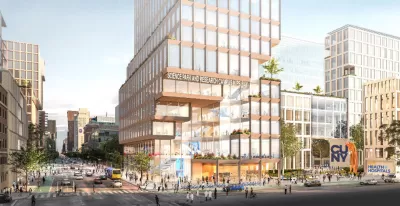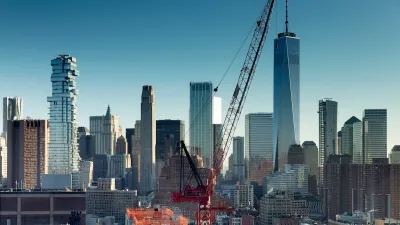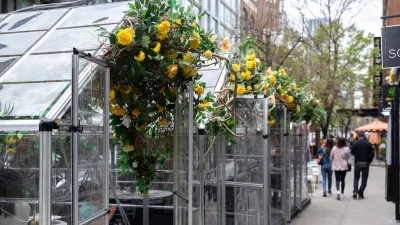A $1.6 billion project will transform a city block into a health and sciences hub.

A life sciences jobs and education complex known as the Science Park and Research Campus Kips Bay (SPARC) will break ground in New York City’s Kips Bay in 2026, according to an article by Urbanize NYC.
“The new facilities at SPARC will include space for a combined 4,500 students at the Hunter College School of Nursing and School of Health Professions, the CUNY Graduate School of Public Health and Health Policy, and the Borough of Manhattan Community College.” The $1.6 billion project, a partnership with the City University of New York (CUNY), is expected to create $25 billion in economic impact and 2,000 permanent jobs over three decades and will include a simulation training center for medical students, a health sciences-focused high school, and more.
Per a press release from the governor’s office, “Over the next year, the city and NYCEDC, working alongside the state and CUNY, will lead a master planning process that will result in a conceptual site plan that will identify the site's infrastructure needs, building massing, open space and urban design, and potential zoning and other entitlement changes needed to implement the project.”
FULL STORY: $1.6B life sciences campus coming to Kips Bay

Manufactured Crisis: Losing the Nation’s Largest Source of Unsubsidized Affordable Housing
Manufactured housing communities have long been an affordable housing option for millions of people living in the U.S., but that affordability is disappearing rapidly. How did we get here?

Americans May Be Stuck — But Why?
Americans are moving a lot less than they once did, and that is a problem. While Yoni Applebaum, in his highly-publicized article Stuck, gets the reasons badly wrong, it's still important to ask: why are we moving so much less than before?

Using Old Oil and Gas Wells for Green Energy Storage
Penn State researchers have found that repurposing abandoned oil and gas wells for geothermal-assisted compressed-air energy storage can boost efficiency, reduce environmental risks, and support clean energy and job transitions.

San Antonio Remains Affordable as City Grows
The city’s active efforts to keep housing costs down through housing reforms and coordinated efforts among city agencies and developers have kept it one of the most affordable in the nation despite its rapid population growth.

What Forest Service Cuts Mean for Cities
U.S. Forest Service employees work on projects that have impacts far beyond remote, rural wilderness areas.

North Texas Transit Leaders Tout Benefits of TOD for Growing Region
At a summit focused on transit-oriented development, policymakers discussed how North Texas’ expanded light rail system can serve as a tool for economic growth.
Urban Design for Planners 1: Software Tools
This six-course series explores essential urban design concepts using open source software and equips planners with the tools they need to participate fully in the urban design process.
Planning for Universal Design
Learn the tools for implementing Universal Design in planning regulations.
Heyer Gruel & Associates PA
City of Moreno Valley
Institute for Housing and Urban Development Studies (IHS)
City of Grandview
Harvard GSD Executive Education
Salt Lake City
NYU Wagner Graduate School of Public Service
City of Cambridge, Maryland





























